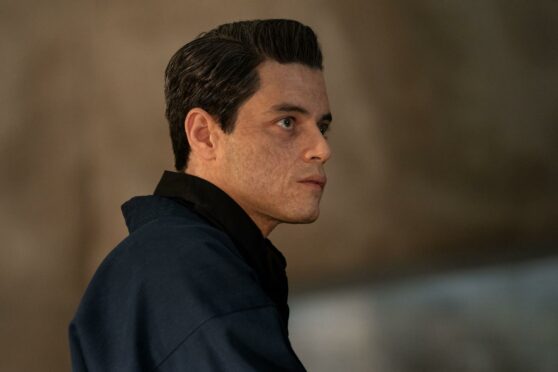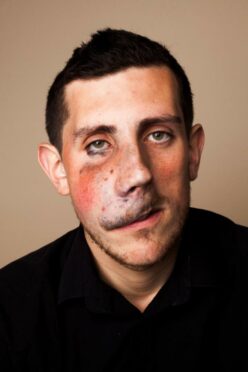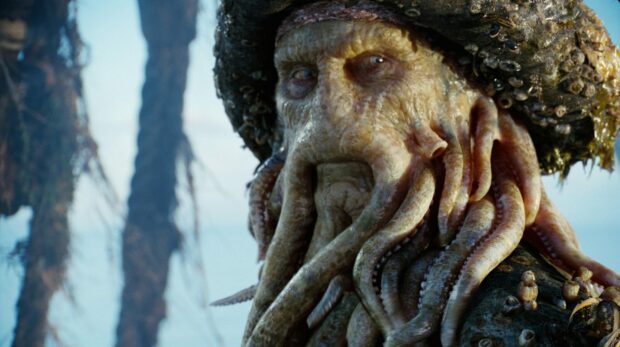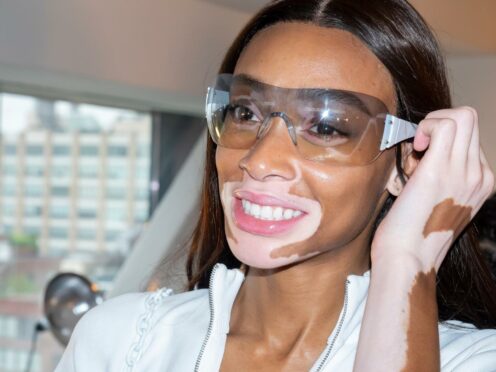Campaigners have slammed the continued use of “outdated” stereotypes in blockbusters, including the new James Bond film.
No Time To Die hit UK cinemas at the end of last month, marking Daniel Craig’s final outing as super-spy 007.
Rami Malek co-stars as villain Safin who – like Mr Big, Jaws, Blofeld, Dr No and many others before him – has a visible difference with permanent scars across his face.
His character has sparked controversy, with accusations that it paints those within this group as individuals to be feared.
Campaigner Rory McGuire, from Ayr, was born with a facial birthmark and has experienced bullying as a result.
Bullies likened him to ‘Davy Jones’
The 27-year-old said: “I have a vascular birthmark on my face and after Pirates of the Caribbean came out some people compared me to the character Davy Jones.
“It really contributed to knocking my confidence.”
He now fears similar occurrences will take place following No Time To Die, adding: “If someone were to say ‘You look like Safin’ or ‘You remind me of Safin from James Bond’ to someone with similar scars, it might make them feel even more low about their appearance.
“With the Bond franchise and with other films there seems to be a trend of the ‘baddie’ having some sort of visible difference.
“It implies that they want the audience to view the character as more ‘evil’ or ‘sinister’ because they have something about their appearance that makes them look different to the norm.”
Rory wants to see more heroic roles for those with visual differences.
“The trend of predominantly being used for the ‘bad’ characters has been going on for a long time,” he said.
“If more people were cast in positive, heroic roles then hopefully it would have a positive effect on how people view those invisible differences in the real world.”
‘Outdated stereotypes belong in the past’
UK charity Changing Faces is encouraging movie studios to change the narrative when it comes to future films.
Its head of Scotland, Angela Harris, said: “The use of outdated stereotypes belongs in the past.”
“We’re calling on organisations, brands and businesses across Scotland to join our Pledge To Be Seen movement.”
“Seeing positive and diverse representation across popular culture, from TV and films, to job adverts and brand campaigns, can have a powerful impact; helping to tackle discrimination and stigma.”
What are visual differences?
Almost one in five people in the UK identify as having a visual difference.
Changing Faces defines this as any condition “on your face or body that makes you look different.”
This can be either something you are born with or later develop, as there are over 1 million annual amputations estimated globally.
More than four-fifths of people reported enduring “staring, comments or unpleasantness” from a stranger.
And one-third said they felt depressed, sad or anxious as a result of having a visual difference.
The charity can be contacted on its support line by dialling 0300 012 0275, with more information on the Changing Faces website.



